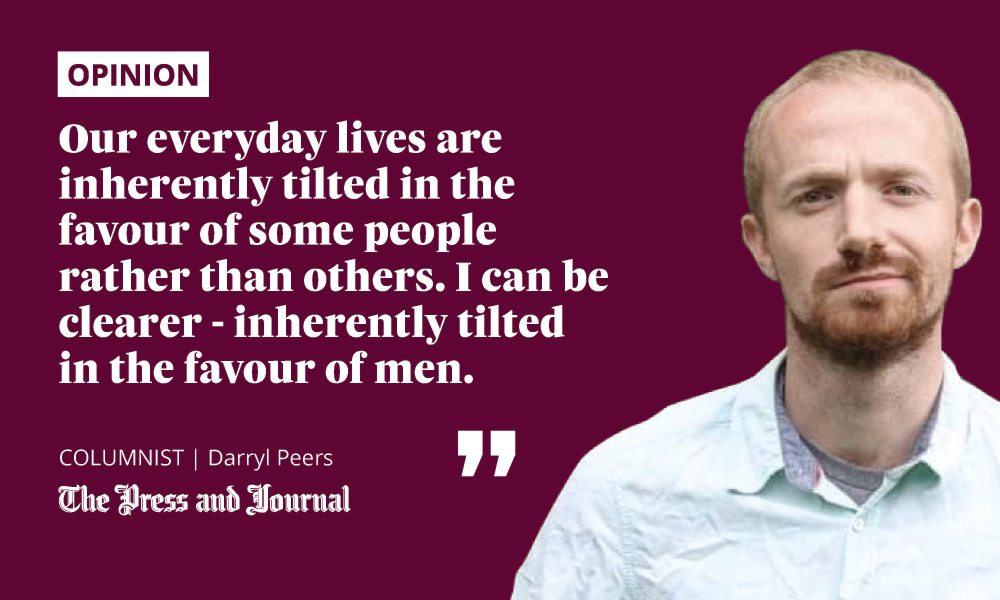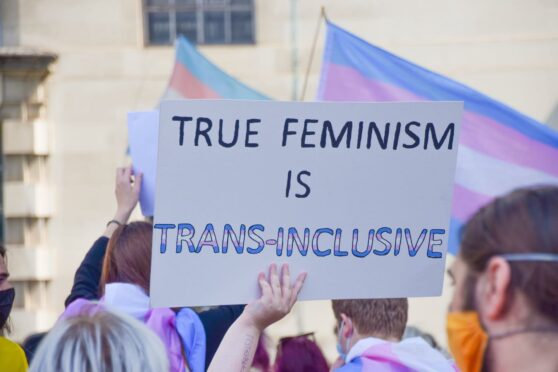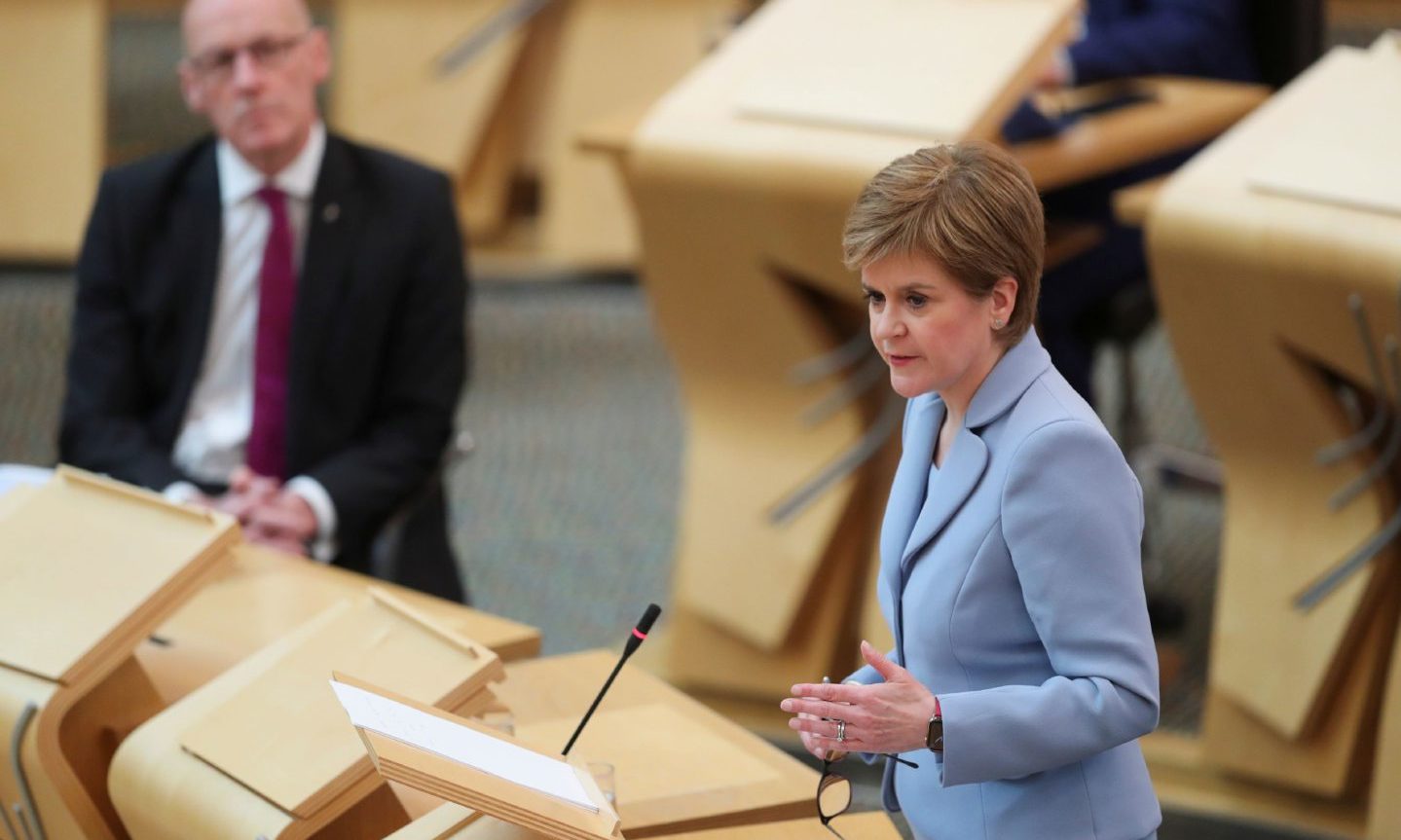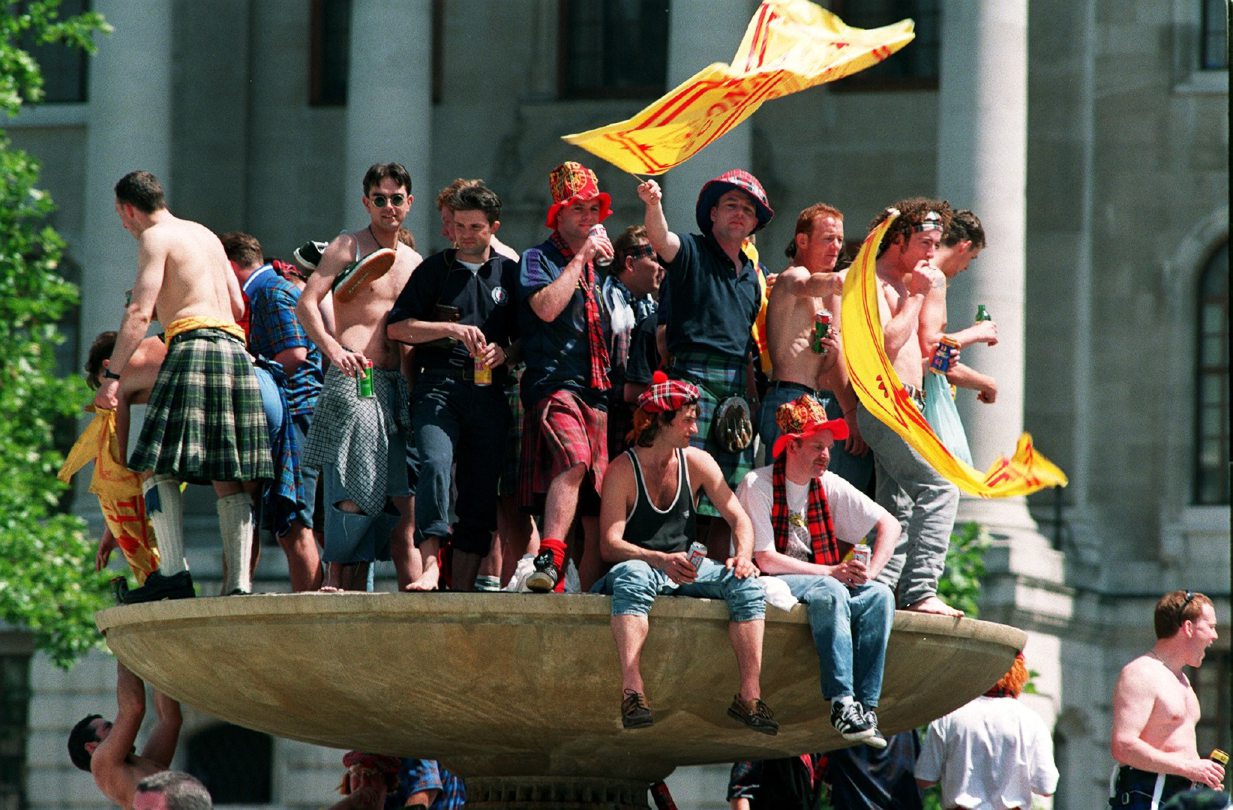Nicola Sturgeon made many policy announcements when she presented the comprehensive Programme for Government report at the beginning of the month.
Predictably, many news outlets, in need of bullet points and headlines, highlighted that the Gender Recognition Reform (Scotland) Bill is set to be re-tabled in the next term.
This bill will remove the “current medical requirements” involved in obtaining legal gender recognition and reduce the amount of time that applicants will need to have lived in their “acquired gender” from “two years to three months”.

The report adds that the proposals for Gender Recognition Reform will avoid affecting the “rights and protections that women currently have under the Equality Act”.
The writers of the report, then, hope to pre-empt the arguments against reform which have been made in the recent past, to much public clamour. Indeed, the government has consulted a range of interests for their views on gender recognition and they published these findings in a separate report.
Straight, white middle-class men are society’s ‘home team’
Agree with Gender Recognition Reform or not, this approach reflects a well-intentioned attempt to mitigate discrimination while balancing the interests of different groups.
But – though they are published online for all to read – these reports are wordy, long, and even their summaries are unlikely to attract a wide readership. This isn’t a fault of the reports: we all have busy everyday lives and limited free time.
However, it is also our everyday lives, and the normalised conditions at play within them, which are inherently tilted in the favour of some people rather than others. I can be clearer – inherently tilted in the favour of men.
Not all men experience overwhelming bouts of privilege, but they are the ‘home team’ in society. And everyone else is away
And not any men, but men who are cisgender, white, heterosexual, usually middle-class, and who behave in ways which promote these facets of identity. In fact, people without these characteristics can behave in these ways, too, and gain the associated benefits as a result.
This does not mean all men with these characteristics experience overwhelming bouts of privilege, but it does mean that they are the “home team” in society. And everyone else is away.
In a sports game, the home team do not always benefit from playing on their own turf, but it is accepted that playing there gives them an advantage over the away team.
We are in that arena – navigating the mundane dramas of family, friendships, and work – when we come across headlines about legislation like Gender Recognition Reform.
We don’t even notice the patriarchy at work
And so we are in the process of being affected by inherently patriarchal conditions when we react to these headlines.
That doesn’t have to influence how we react, but it can. Which is what is happening in the polarising debates that we have seen between women’s rights and trans rights groups in the past.
Women’s rights groups argue that women-only spaces need to be protected, and in the process operate a man-centric definition of “women” – that which is not “men”.
Trans rights groups label women who express such views as TERFs, failing to appreciate that their concerns arise from the same system that marginalises trans people.
In each case, what is being lost sight of is that there are many cisgender, heterosexual, white men who live in a la-la land where arguments like this don’t even come close to affecting them.
They continue to move through the world with no resistance to check them. They are simply accepted for being who they are because, consciously or not, they behave in a way which upholds the status quo.
Changing our collective perspective on the status quo
Splitting the interests of women and trans people into different silos only reinforces the status quo by suggesting that, while smart and rational men get on with their day-to-day lives, women and queer people magic up reasons to fight amongst themselves.
But the reason is this: violence is threatened, overtly or insidiously, in the daily lives of women and trans people, and that threat is rooted in the fact that in our society to be anything other than a cisgender, heterosexual, white man is to be “different”.
One need only look at the numerous groups of “lads” out on Union Street on a Saturday night to see how many men still seek company cleansed of women and queer folk, and the different perspectives on the world that they bring. Rigorous Gender Recognition Reform is one step towards centring their perspectives.
Rather than falling out over it, women’s and trans rights groups would be better combining their energies to address the reasons that, still, the everyday worlds of work, family, and friendships so readily promote the interests of a particular kind of man.
Darryl Peers is a writer from the north-east of Scotland


